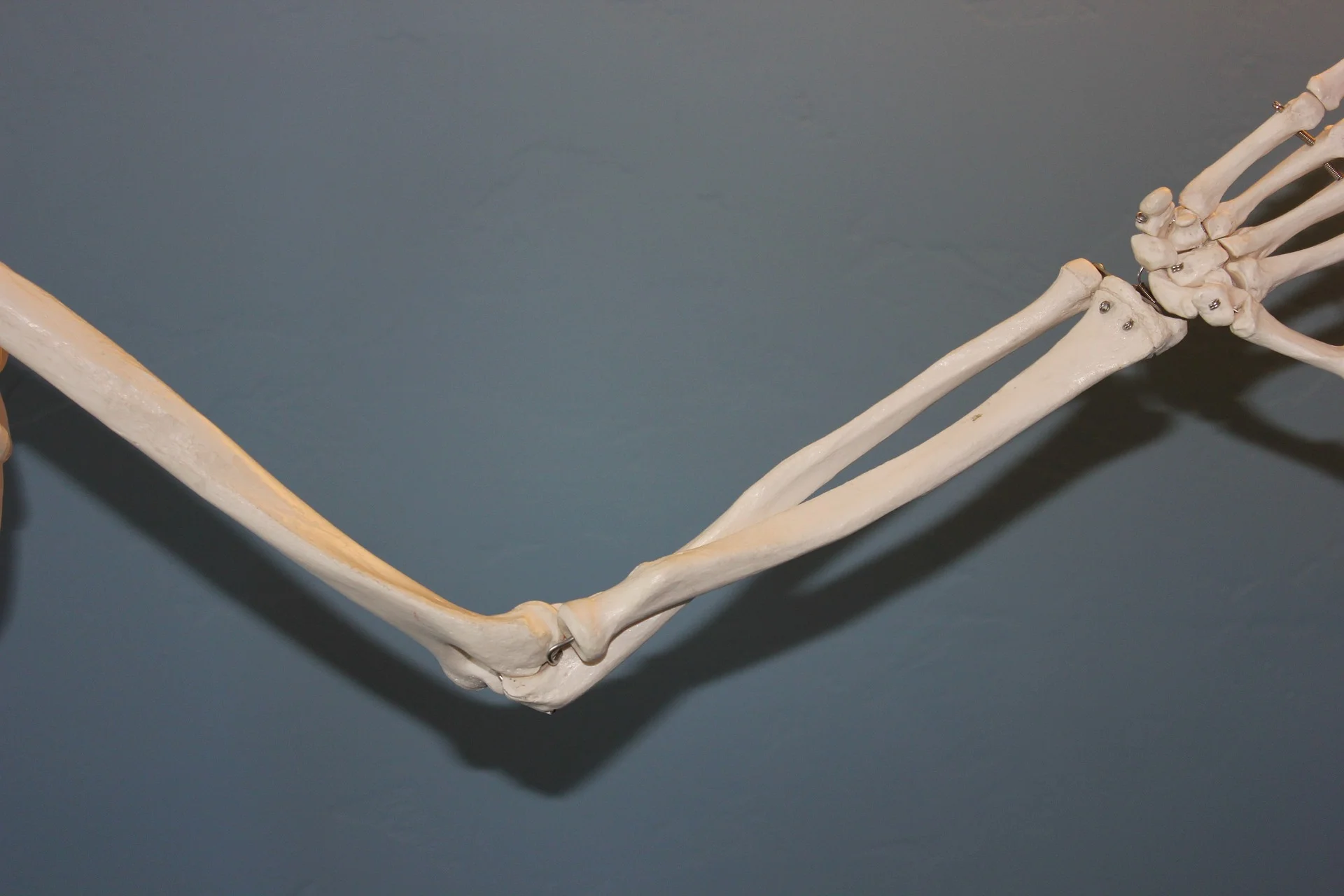Because your hands and arms are so interconnected, a task or injury that involves one part, such as your lower arm, can end up causing everything from finger numbness to elbow pain.
Carpal Tunnel Syndrome
Typing, writing and jobs that require repetitive lifting continue to be a threat for developing the condition known as Carpal Tunnel Syndrome (CTS). The debilitating syndrome is named for the tunnel surrounding the nerves connecting your wrist, hand and fingers. Overly stressing the median nerve can lead to the aching wrist and numb fingers associated with CTS. Often, hormone fluctuations can put patients more at risk for CTS, so pregnant women, and women between the ages of 34-60, may be more likely to experience these injuries.
Early intervention -- especially physical therapy -- may help you avoid surgery. Hand and arm movements designed to build flexibility and strength decrease CTS pain and numbness, while easing inflammation and decreasing further pressure on the median nerve.
In addition, our dedicated team will show you techniques to stretch your carpal ligaments and how to perform your repetitive tasks more safely, in order to prevent re-injury.
Additional Conditions
While CTS is a common issue for which patients seek our help, we treat numerous conditions affecting the hands, elbows and wrists. Among them are:
- Joint pain
- Arthritis
- Tendonitis
- Tennis/Golf Elbow
- Fractures
- Sprains
How are these conditions treated?
The first step in dealing with hand, wrist or elbow pain is evaluating the source of that pain. Often that’s done in conjunction with your primary care physician, but -- especially when the pain isn’t connected to an obvious event such as a car accident -- our evaluation helps further assess your current strength and flexibility capabilities. We also note the specific hand and arm positions at which you experience pain.
After your evaluation, the first priority is to use therapeutic techniques to get rid of the pain as soon as possible. After that, we’ll begin to focus on building up your range of motion, especially through stretching and other flexibility maneuvers. Finally, exercises for building strength will be added, so that after your physical therapy course of treatment is over, you can maintain your pain free life.
When you’re ready to get started, contact our office to set up an appointment to get yourself on the road to ridding yourself of your hand, wrist and/or elbow pain.



